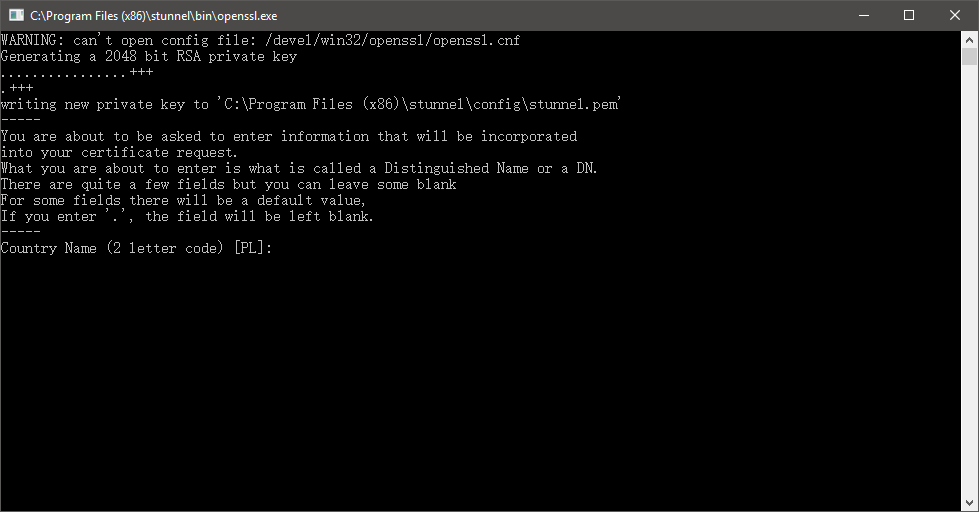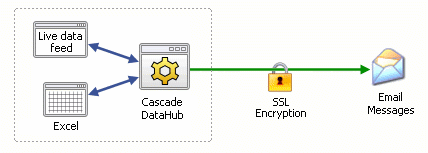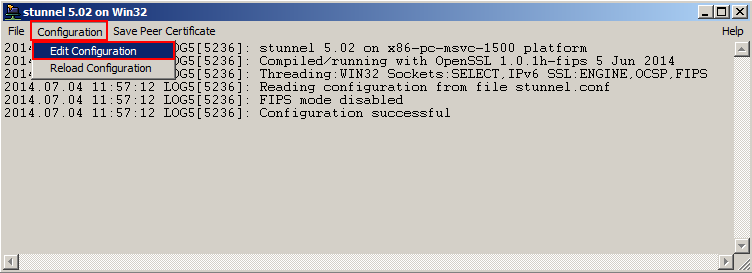

Since Defender for Cloud Apps runs in Azure, a deployment in Azure yields improved performance. Responses are sent back to Defender for Cloud Apps over the stunnel where it's used by the policy to determine subsequent actions such as notifications, quarantine, and sharing control. If external DLP scan is applied, the file is sent over the secure tunnel to the customer environment where it's relayed to the ICAP appliance for the DLP verdict: allowed/blocked. Architectureĭefender for Cloud Apps scans your cloud environment and based on your file policy configuration, decides whether to scan the file using the internal DLP engine or the external DLP. This guide provides the steps necessary for configuring the ICAP connection in Defender for Cloud Apps and the stunnel setup to secure communication through it. The stunnel setup provides TLS encryption functionality to your data as it travels between your DLP server and Defender for Cloud Apps. To secure ICAP for transmission of your data, it's required to set up a secure TLS tunnel (stunnel) between your DLP solution and Defender for Cloud Apps. Integration is accomplished by using the standard ICAP protocol, an http-like protocol described in RFC 3507. The platform exports easy-to-use interfaces including REST API and ICAP, enabling integration with content classification systems such as Symantec Data Loss Prevention (formerly Vontu Data Loss Prevention) or Forcepoint DLP. Microsoft Defender for Cloud Apps can integrate with existing DLP solutions to extend these controls to the cloud while preserving a consistent and unified policy across on-premises and cloud activities. For more information about these changes, see Microsoft Defender for Cloud Apps in Microsoft 365 Defender. Microsoft 365 Defender will be the home for monitoring and managing security across your Microsoft identities, data, devices, apps, and infrastructure. This will simplify workflows, and add the functionality of the other Microsoft 365 Defender services. The Microsoft 365 Defender portal allows security admins to perform their security tasks in one location. Microsoft Defender for Cloud Apps is now part of Microsoft 365 Defender. To learn more about the recent renaming of Microsoft security services, see the Microsoft Ignite Security blog. For more information about the change, see this announcement.

#STUNNEL EXE UPDATE#
In the coming weeks, we'll update the screenshots and instructions here and in related pages. It's now called Microsoft Defender for Cloud Apps. The first two rules allow traffic to OpenVpn and the last two rules allow traffic to Check Point's backend services.We've renamed Microsoft Cloud App Security.

%Program Files%\CheckPoint\Harmony Connect\roaming_service\RoamingWindowsService.exe %Program Files%\CheckPoint\Harmony Connect\Harmony Connect.exe %Program Files%\CheckPoint\Harmony Connect\resources\tools\stunnel\bin\stunnel.exe %Program Files%\CheckPoint\Harmony Connect\resources\tools\openvpn\openvpn.exe If the endpoint's firewall policy is configured to block some or all outgoing traffic, then you must add these outbound rules to the firewall application (for example, Microsoft Firewall Defender) to allow the Harmony Connect App to communicate with Check Point cloud An administrator approved Harmony Connect cloud location that processes the internet and corporate traffic.: Harmony Connect supports up to 50 local users for Internet Access and Network Access (both inclusive) and up to 50 local users for Application Access.īest Practice - Check Point recommends to connect an Identity Provider if you add the users with the Harmony Connect App. Add new users manually or through an Identity Provider.


 0 kommentar(er)
0 kommentar(er)
